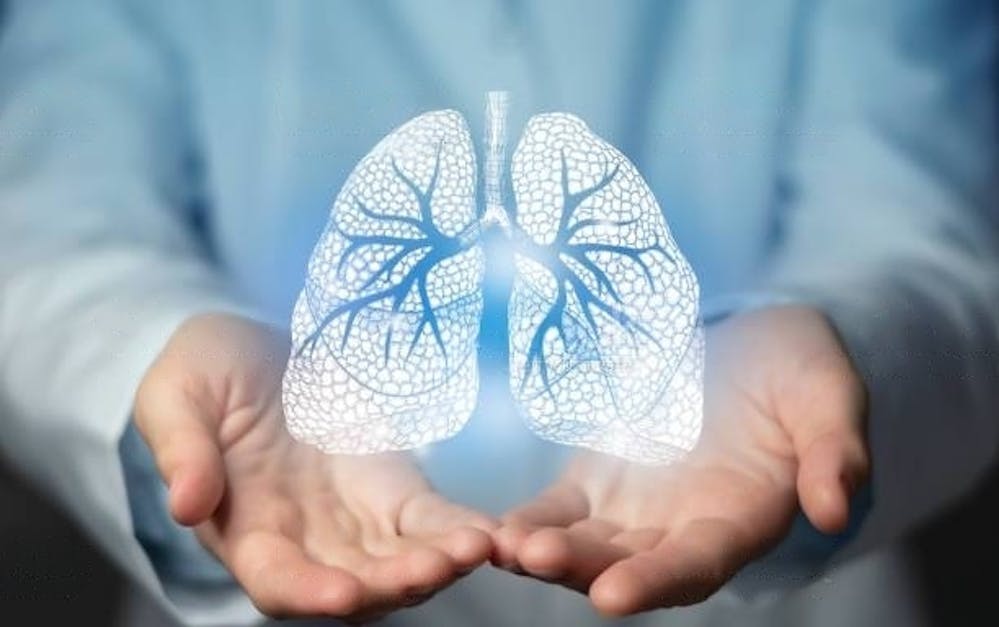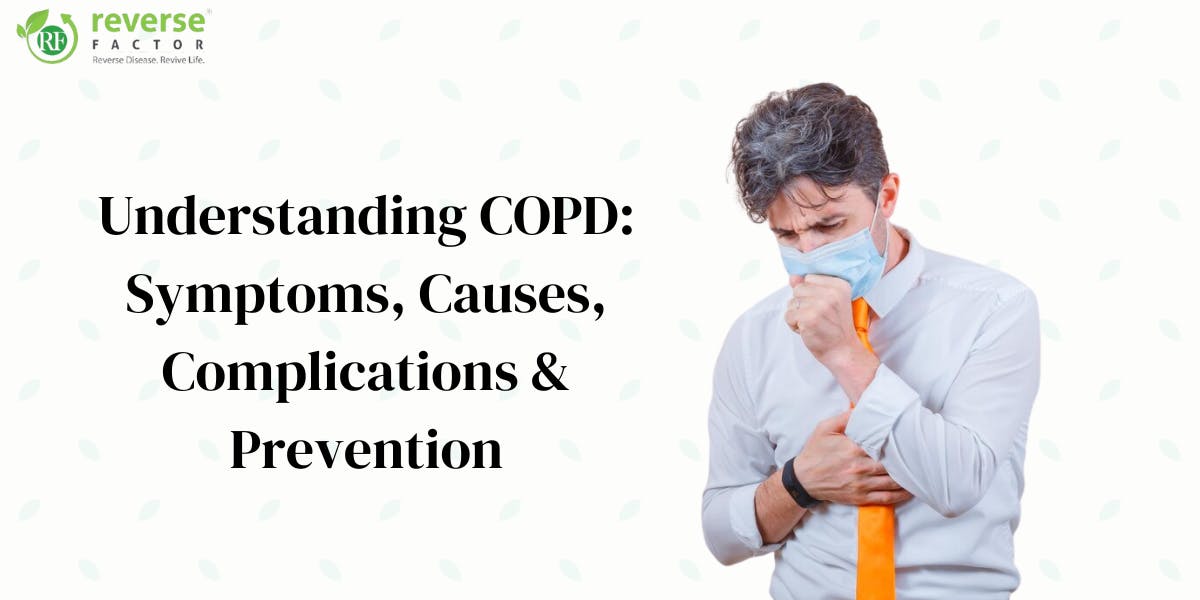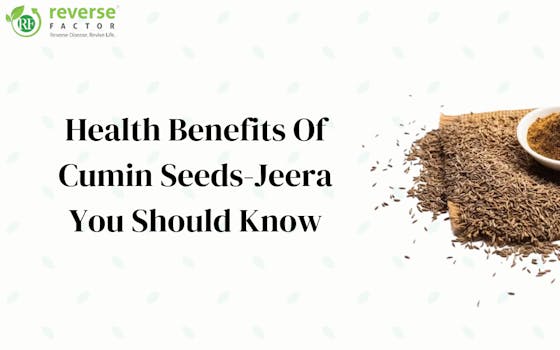Understanding COPD For Improving Lungs Health
COPD is a chronic inflammatory lung disease that affects millions of people in our country. Chronic obstructive pulmonary disease is an umbrella term used to state COPD full form in medical science. This term is used to describe a group of conditions that cause airflow obstruction and breathing-related problems. It is a complex and challenging condition that can significantly impact a person's quality of life. It causes symptoms such as shortness of breath, coughing, and wheezing. COPD is primarily caused by smoking. But other risk factors such as air pollution and exposure to lung irritants can also contribute to the development of the disease. It typically occurs later in life and is characterized by ongoing exacerbations and symptoms. While there is no permanent cure for COPD, early detection and treatment can help manage symptoms and improve quality of life. In this article, we will explore the causes, symptoms, and treatments of COPD. We also learn some natural ways for preventing and managing this chronic condition.

Recommended: Foods to Avoid When You Have Cancer- A Guide to Safe Eating!
Types Of COPD
There are two main types of COPD:
Chronic Bronchitis
Chronic bronchitis is characterized by inflammation and narrowing of the bronchial tubes in the lungs. This condition causes the lining of the bronchial tubes to become thickened and inflamed. This can lead to excess mucus production and chronic coughing.
Exposure to air pollution, dust, and chemical fumes can increase the risk of this disease. Over time, the inflammation and mucus production can lead to irreversible damage to the lungs. Excessive mucus can make it increasingly difficult to breathe. People with chronic bronchitis are more prone to lung infections. Therefore, early prevention and treatment become necessary to prevent the risk of a more complex disease like lung cancer. Adding cancer reversing food to your daily diet is the best option to prevent such conditions.
Emphysema
The primary cause of emphysema is similar to those of Chronic Bronchitis. Over time, the damage to the air sacs in the lungs can become irreversible, leading to severe breathing difficulties. In many cases, people with COPD have a combination of chronic bronchitis and emphysema.
Must Read: Promote Your Health With An Indian Diet Chart for Diabetic Patient
Stages Of COPD
COPD disease condition is divided into four stages based on the severity of symptoms and lung function. The stages of chronic obstructive pulmonary disease are as follows:
Mild
At this stage, you may not have any noticeable symptoms. You will experience a cough and production of mucus, along with mild shortness of breath during physical activity. Though the symptoms you experience at this stage are so mild, the damage to your lungs still occurs.
Moderate
Moderate COPD can worsen during physical activity. You can feel shortness of breath along with increased mucus and coughing. This is the stage where you may first realize the need to go for treatment.
Severe
This is the third stage where you may experience limited airflow and severe shortness of breath. This can happen while performing even mild physical activity. Your lung function will significantly decrease. Symptoms at this stage can be disabling and you may require supplemental oxygen. Hospitalization is required immediately if you experience symptoms of a flare-up.
Very severe
This is the last and final stage of COPD where lung function is very low. It is often characterized by extremely limited airflow. Quality of life at this stage is severely impacted, and exacerbations can be life-threatening. This stage can often lead to respiratory failure.
See More: How To Stop And Reverse Heart Disease Without Medicine
Complications Of COPD
Respiratory infections: People with COPD are more likely to be affected by respiratory infections. Lung infections like pneumonia and bronchitis can make it more difficult to breathe.
Heart Problems: COPD is also associated with an increased risk of heart problems. There are various reasons that might increase the risk of heart disease. A person in the early stages of a heart condition must join a heart disease reversal program. This can help to prevent further complications and the progression of the disease.
Diabetes: People with COPD have been found to develop both type 1 and type 2 diabetes. A diabetes reversal diet plan might help you to prevent such health issues.
Pulmonary hypertension: This condition occurs when the blood vessels in the lungs become narrowed. This health condition makes it difficult for the heart to pump blood through the lungs.
Depression and anxiety: COPD can have a significant impact on a person's quality of life and lead to feelings of anxiety and depression. Meditation can help you reduce anxiety levels and improve your quality of life.
Osteoporosis: People with COPD are at increased risk of developing osteoporosis due to a combination of factors. You can protect your bones by doing exercises like walking and strength training.
Weight Issues: COPD can cause difficulty eating and a reduced appetite, leading to malnutrition and weight loss.
Sleep disorders: COPD can cause sleep disturbances, such as sleep apnea, which reduce the quality of life.
Chronic Obstructive Pulmonary Disease Symptoms
COPD symptoms can be progressive and worsen over time, and it may include:
Shortness of breath: feeling breathless during physical activity or even at rest.
Cough: a persistent cough that may produce mucus and worsen in the morning.
Wheezing: a whistling sound when breathing.
Chest tightness: a feeling of pressure or tightness in the chest.
Fatigue: feeling tired and lacking energy.
Frequent respiratory infections: such as bronchitis or pneumonia.
Difficulty performing everyday activities: such as climbing stairs or carrying groceries.
The symptoms of COPD can vary from person to person, and some people may not experience COPD signs and symptoms until the disease is advanced. If you experience any of these symptoms, you must speak to a healthcare provider for a proper diagnosis of the disease.
Chronic Obstructive Pulmonary Disease Causes
The main cause of the chronic pulmonary disorder is long-term exposure to irritants that damage the lungs and airways. The most common irritants are cigarette smoke. Other irritants can also contribute to the development of COPD. These include:
Air pollution: long-term exposure to air pollution can increase the risk of COPD.
Workplace exposure: Exposure to chemicals and dust in the workplace can increase the risk of COPD.
Asthma: long-standing, uncontrolled asthma can lead to the development of COPD.
Genetics: a rare genetic condition called alpha-1 antitrypsin deficiency can cause COPD. But it accounts for only a small percentage of cases.
Respiratory infections: repeated lung infections can increase the risk of COPD later in life.
Asthma: long-standing, uncontrolled asthma can lead to the development of COPD.
Prevention Of Chronic Obstructive Pulmonary Disease
There are several natural ways to slow the progression of COPD. Natural prevention methods for chronic obstructive pulmonary disease (COPD) include:
- This is the most important step in preventing COPD. Quitting smoking and avoiding exposure to secondhand smoke can help reduce the risk of developing COPD.
- Start doing regular exercise to improve lung function, and reduce the risk of developing COPD.
- Start eating a healthy diet rich in fruits, vegetables, and whole grains to improve your lung function and reduce the risk of developing COPD.
- Reducing exposure to air pollution, such as particulate matter, can help you reduce the risk of developing COPD.
- Some natural remedies, such as ginger, turmeric, and garlic, have anti-inflammatory properties. Adding these things to your diet can help reduce inflammation in your lungs.
- Practicing breathing exercises to improve lung function and reduce symptoms of COPD.
Final Thoughts:
In conclusion, chronic obstructive pulmonary disease (COPD) can be a life-threatening condition. But the good news is that it can be prevented with a healthy lifestyle and diet. By avoiding risk factors such as smoking, and exposure to air pollution, and adopting healthy habits you can significantly reduce the chances of developing COPD. It is essential to prioritize lung health to avoid COPD-related complications. Ultimately, by making healthy choices and taking care of your body, you can reduce the risk of developing this disease. Making healthy choices can improve the overall quality of your life and those around you. Understanding COPD and taking steps to prevent it can help to reduce the impact of this disease on individuals and society as a whole.
Frequently Asked Questions –
What Is COPD Disease?
COPD (Chronic Obstructive Pulmonary Disease) is a chronic lung disease. It causes breathing problems due to a combination of several factors, including emphysema, chronic bronchitis, and asthma.
What Is COPD With Exacerbation?
COPD exacerbation refers to a sudden worsening of COPD symptoms that typically lasts for several days or longer. During an exacerbation, a person's breathing difficulties can become significantly worse than usual. The individual may start experiencing coughing, wheezing, increased mucus production, and chest tightness.
What Are The Four Stages Of COPD Stages?
There are four different stages of COPD which are mild COPD, moderate COPD, Severe COPD, and very severe COPD.
What Is COPD Life Expectancy?
If you are suffering from COPD or are concerned about someone who has it, you might be concerned about life expectancy. The life expectancy for a person with COPD depends on the stage of the disease, and the severity of symptoms. With proper treatment and lifestyle modifications, it is possible to improve symptoms and quality of life for people
How Is COPD Treated Naturally?
While there is no cure for COPD, several natural and complementary treatments can help manage its symptoms. You should quit smoking, eat a healthy plant-based diet, stay physically active, and practice breathing exercises.
What Are The Main Causes Of COPD?
COPD develops gradually and usually affects people over the age of 40 who smoke. But it can also be caused by exposure to air pollution, chemical fumes, dust, and childhood respiratory infection.
Can COPD Be Cured Permanently?
There is currently no permanent treatment for COPD. However, a person can reduce its impact by making some lifestyle choices and consulting a healthcare provider.
How Does COPD Affect Lung Volume?
COPD (Chronic Obstructive Pulmonary Disease) is a progressive lung disease that can affect lung volume. The two main types of COPD, chronic bronchitis and emphysema, can affect lung volume differently.
What Are The Signs That COPD Is Getting Worse?
If a person with COPD is experiencing the following signs, he/she must take it seriously. These symptoms indicate that the condition is getting worse. The warning signs include increased shortness of breath, wheezing, worsening cough, fatigue, and muscle weakness.
How Should I Know About My COPD Stage?
The stage of COPD is determined by measuring a person's lung function using a test called spirometry. Spirometry measures how much air a person can exhale forcefully in one second (FEV1) and how much air they can exhale in total (FVC). Your doctor will determine your stage based on the results of this test.
What Are The Types Of COPD?
COPD is mainly caused by two conditions called chronic bronchitis and emphysema. Asthma is generally not considered a type of this disease, but it is a chronic respiratory condition. A person with asthma can also have COPD.
What Are The COPD Symptoms?
The symptoms of COPD may include shortness of breath, chest tightness, lack of energy, frequent respiratory infections, wheezing, chronic cough, and swelling in feet.




